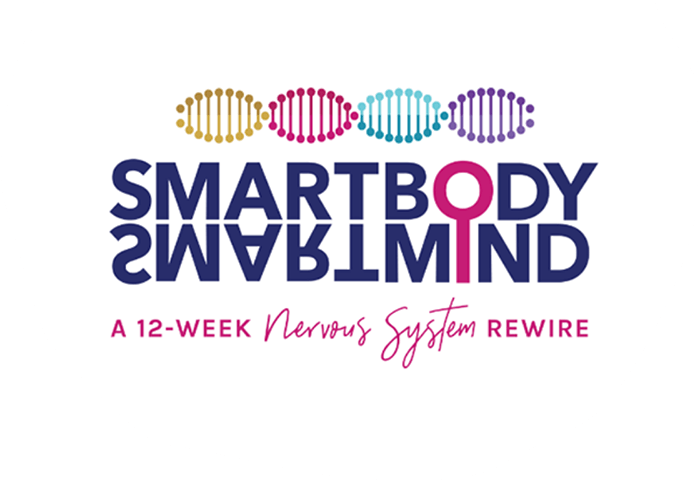This section addresses the following questions:
- Do you have suggestions for how to do this if it’s painful for me to stand?
- I have Postural Orthostatic Tachycardia Syndrome (POTS) so standing or sitting upright with legs down for even a short length of time can be challenging. Do you have any suggestions?
- I found the potent posture exercise tricky. I am not sure I could find the sweet spot. In this practice, is the sweet spot somewhere we are standing completely still?
- The first time I did this exercise, the whole dynamic changed when Irene said sway like a tree in the wind. I thought before that I needed to be stiff like a board/the stool she spoke about in Part 1?
- I’m still not fully understanding the instructions. I think my body is quite accustomed to what it ‘should’ do from ballet and yoga, so need to ‘break through’ that?
- I have a fear of falling that gets activated with this lesson. Do you have any suggestions for how to work with this?
- I also found it quite activating. Leaning forward, my heart rate started to increase like at the start of a panic attack — on the edge of something — maybe linked to vertigo, which I started experiencing out of nowhere some years ago? Leaning back the first time, it seemed more of my natural defences came on board to keep me stable, such as my arms windmilling, but the second time of doing the exercise, I felt sensation rising from going both forwards and backwards. Teeth clenched, tensing in diaphragm, ‘knot in my stomach’ and ‘lump in my throat.’ A feeling of chaos in my sternum at the midpoint between my breasts. Even Irene’s words about the brain stopping you from falling seemed triggering. I was drawn to do this exercise again, but would be grateful for advice of where to go with this relatively strong response to such a simple exercise!
- I learned my natural standing position is tilted slightly forward, with my eyes cast downward and my shoulders curled forward. I got the sense that standing like that is normal for me, because it helps me feel ‘smaller’ somehow. It makes me feel hidden. Is this potent posture? It’s where I can definitely breathe the easiest, but part of me still feels like it’s not right, because of the trying-to-hide-in-plain-sight energy that I feel is attached to it.
If standing is very hard to do for a long time, then there are a couple of things you can do. One is to simply do less — just do a couple minutes and then leave it. The other option is to play with these principles in sitting. You can do this by sitting on a chair such that you can feel your sit bones clearly, which will mean sitting up straight with the legs touching the floor. Then try the exercise pretending your sit bones are your feet — so you can still lean one way or the next, and play around with the posture in sitting that feels the most effortless. If sitting in this way is also too hard, you can do the same thing sitting on the floor with legs crossed and the thighs supported by pillows. If all of these options are too hard than just leave it, there will be plenty of other exercises to work on, and many of them are done laying down.
The point of this exercise is to find the sweet spot; the posture that requires the least amount of effort from our muscles, because our skeleton is what we need to use to provide the support. If we have a lifetime of unconsciously leaning a bit forward or back, right or left, slouching or hyperextending, then this may be tricky and require a bit of practice. This is okay! Remember, these exercises are not meant to be done one time and then left behind; ALL of them provide insight into ways that we can fundamentally change the way we live. They are all a progression.
Potent posture is meant to be dynamic. It’s not about finding some rigid stance that is stiff, like a board, but about finding a way to organize our posture such that it is efficiently supported by the skeleton, which frees up the muscles such that we would be able to move in any direction without some kind of preparation. It’s not about what is ‘right’ or what we ‘should’ do, it’s about finding the best possible organization for us, and that is meant to translate into all areas of life — walking, chopping vegetables, sitting at the desk, etc.
It’s not uncommon when playing around with this exercise to get activated. This is because we are challenging lifelong habits of posture that are often unconscious, and are associated with the trauma we carry. We may hunch or try to stay small and unseen. We may hyperextend or puff ourselves up so to appear more confident than we are. We may have areas of our body that are frozen and difficult to feel, which may lead to always favouring one foot or the other. Whatever the habitual posture is, it’s likely that it is associated with keeping our unresolved trauma managed, so when we start to challenge that, the charges can come bubbling up.
If this is the case, then do less. Work with the exercise (and all exercises) until you start to feel things arising, then stop. Orient to safety, let yourself settle, come back to it later. Maybe even the thought of doing this brings up something! If that’s the case, you could also try just listening to the recording without doing anything at all; just listen and stay oriented to the safety in the environment. Then maybe try a bit, leave it, come back. Bit by bit — there is no hurry.
